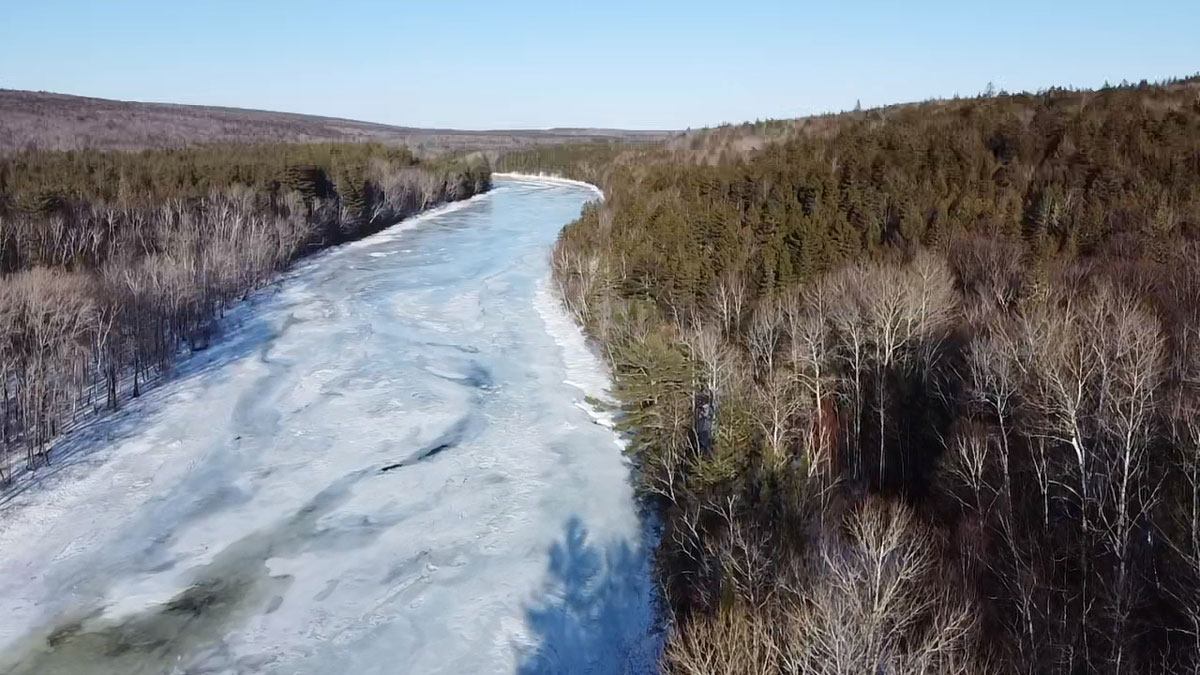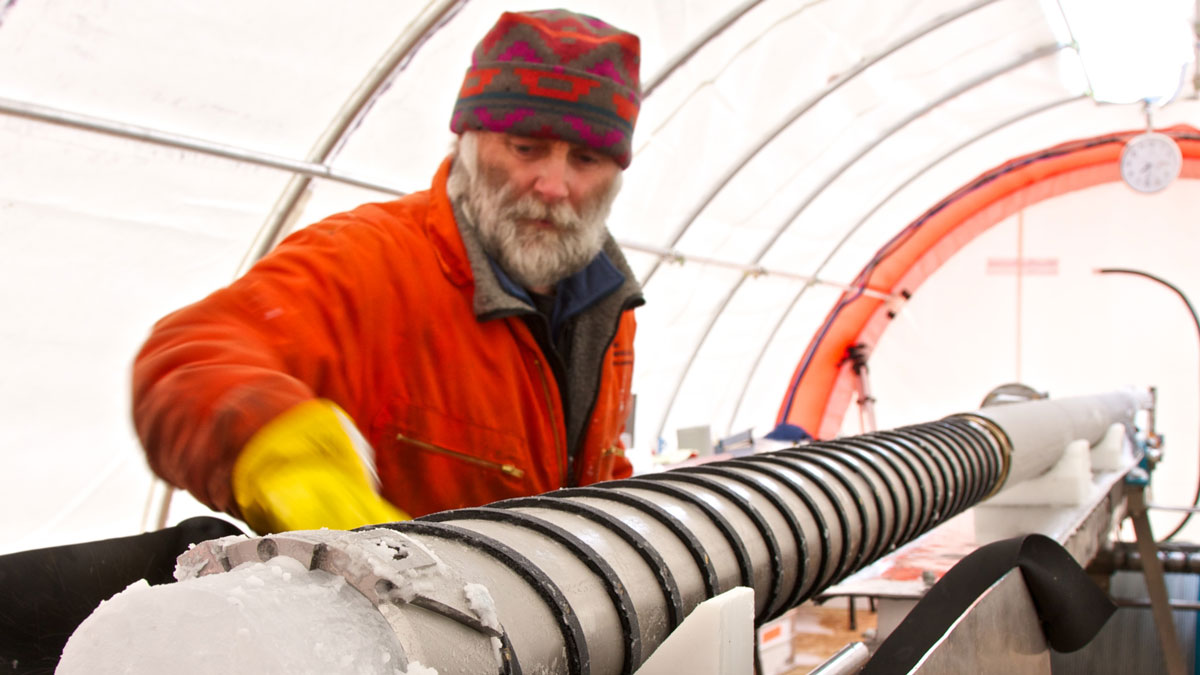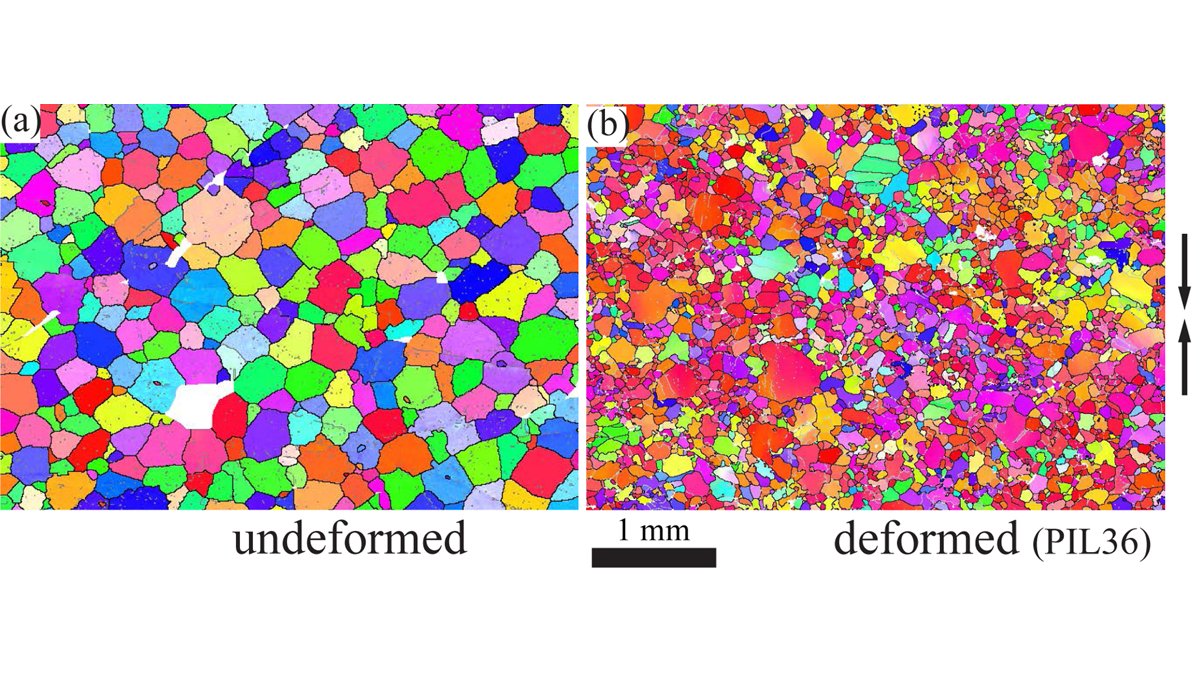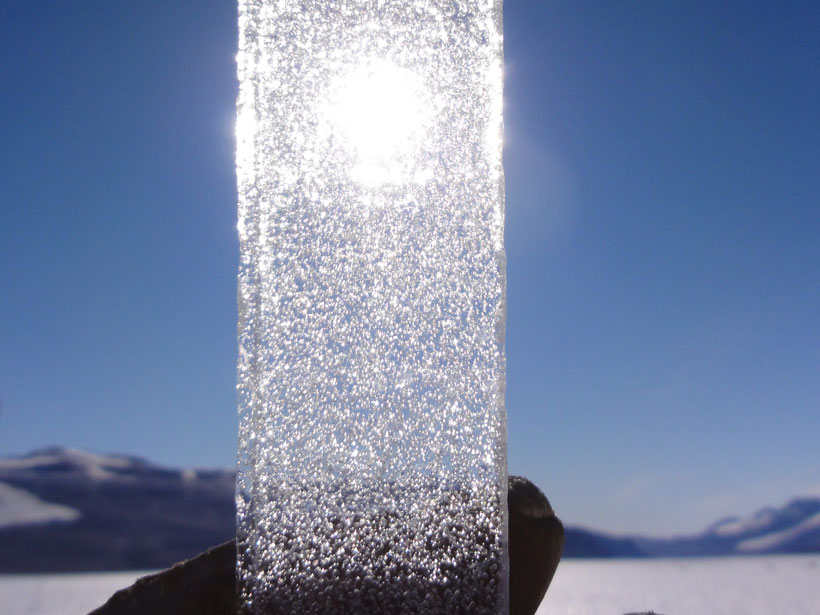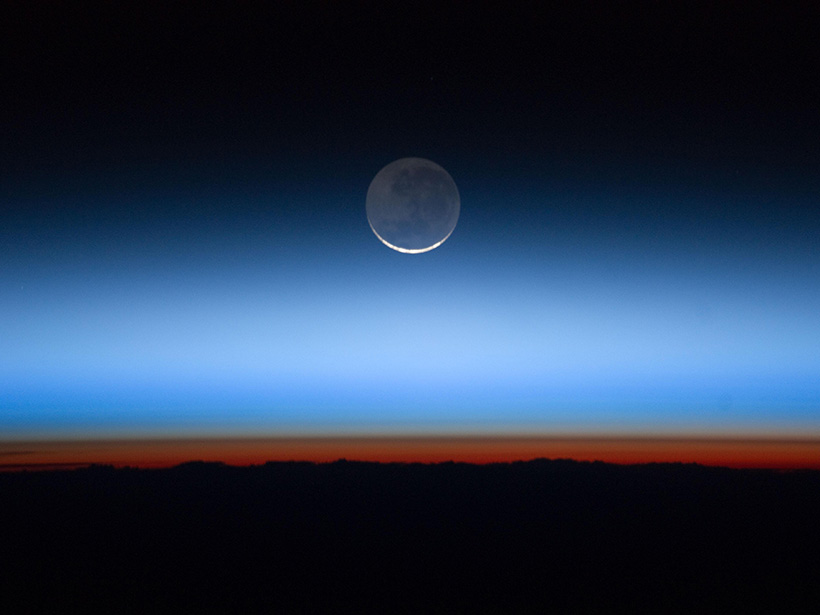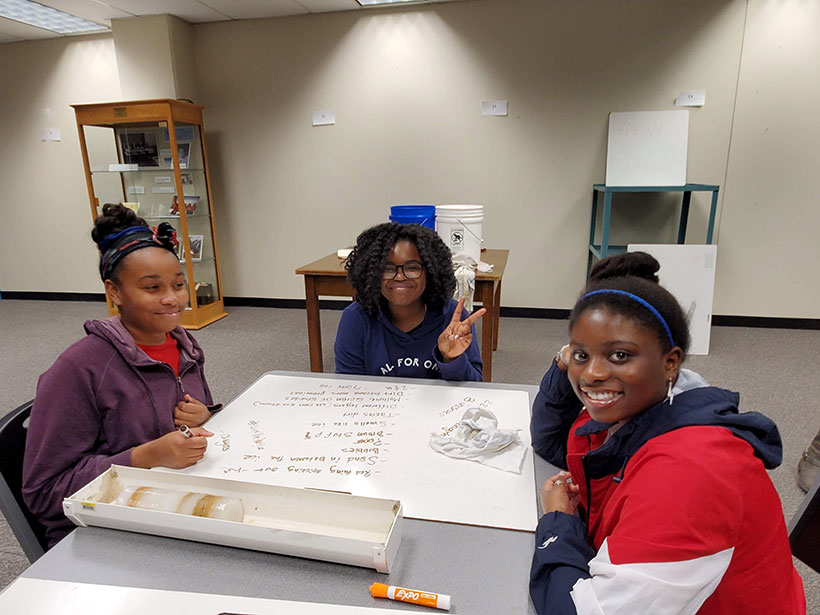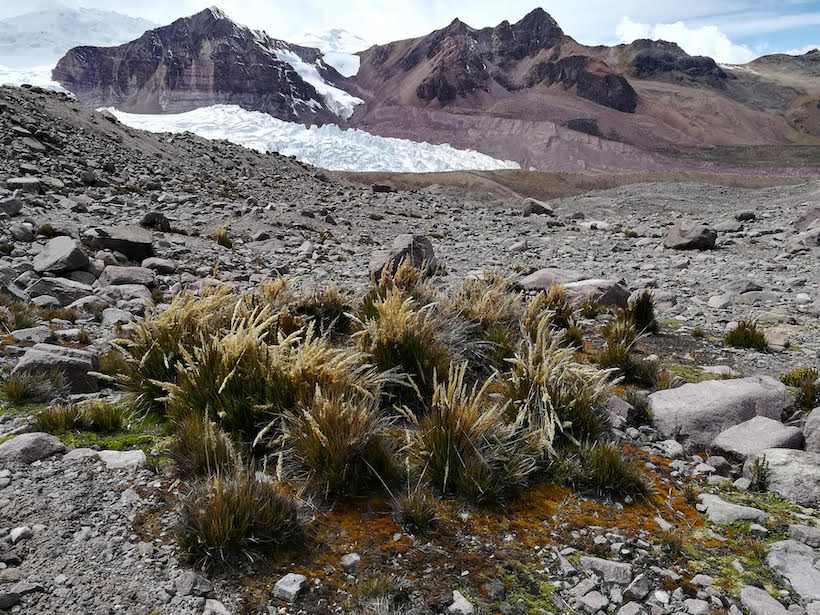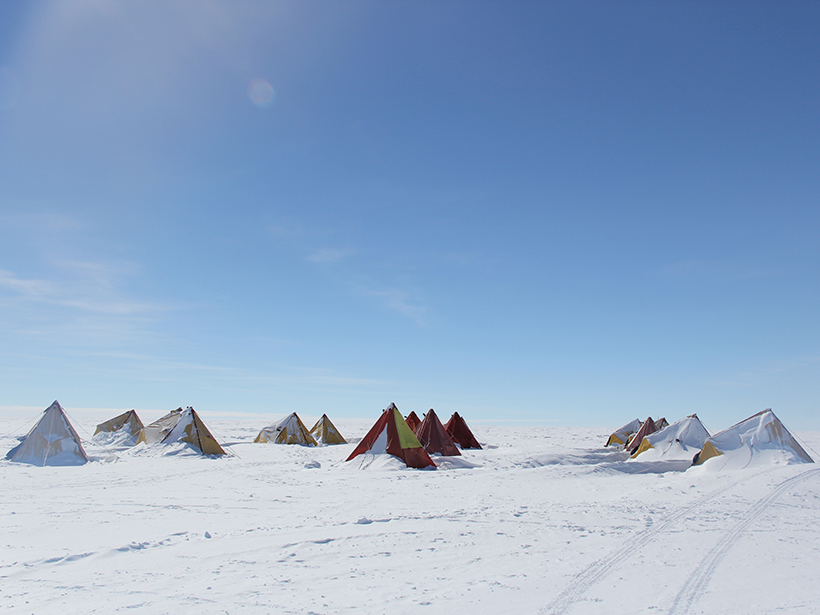As river ice cover decreases, the physical and biological changes to river ecosystems vary with the watershed characteristics and river size.
ice
Māori Arrival in New Zealand Revealed in Antarctic Ice Cores
A new study shows smoke from fires set by the first inhabitants of Aotearoa from around 1300 left a mark in the ice 6,000 kilometers away, on an island off the Antarctic Peninsula.
Ice on a Deadline: More Stress Makes Ice Move Faster
Anyone seeing photographs of glacier and ice sheets from above clearly sees that they flow; recent laboratory tests on ice further reveal the conditions that control just how fast this happens.
Cutting to the Core
In our July issue, Eos looks at the collection, study, and storage of cores—from sediment drilled up from the age of the dinosaurs to tree rings as big as a house.
Cores 3.0: Future-Proofing Earth Sciences’ Historical Records
Core libraries store a treasure trove of data about the planet’s past. What will it take to sustain their future?
South Pole Ice Core Reveals History of Antarctic Sea Ice
Every summer, most of the sea ice near Antarctica melts away, but its saltiness leaves a permanent record that scientists can trace back for millennia.
Convective Transport Explains “Missing” Ice near the Tropical Tropopause
Spaceborne lidar shows that more ice than expected is leaving the tropical tropopause layer in the atmosphere.
Cold Curriculum for a Hot Topic
Educators at ice core labs teach students hands-on lessons about climate change.
Vicuña Poop Nourishes “Dung Gardens” High in the Andes
The excrement delivers nutrients like phosphorus and nitrogen, kick-starting islands of vegetation at the edge of the cryosphere.
Microplastics’ Hidden Contribution to Snow Melting
Microplastic particles, present everywhere on the planet, may complicate assessments of black carbon’s role in the melting of snow and of its contributions to Earth’s radiative balance.

